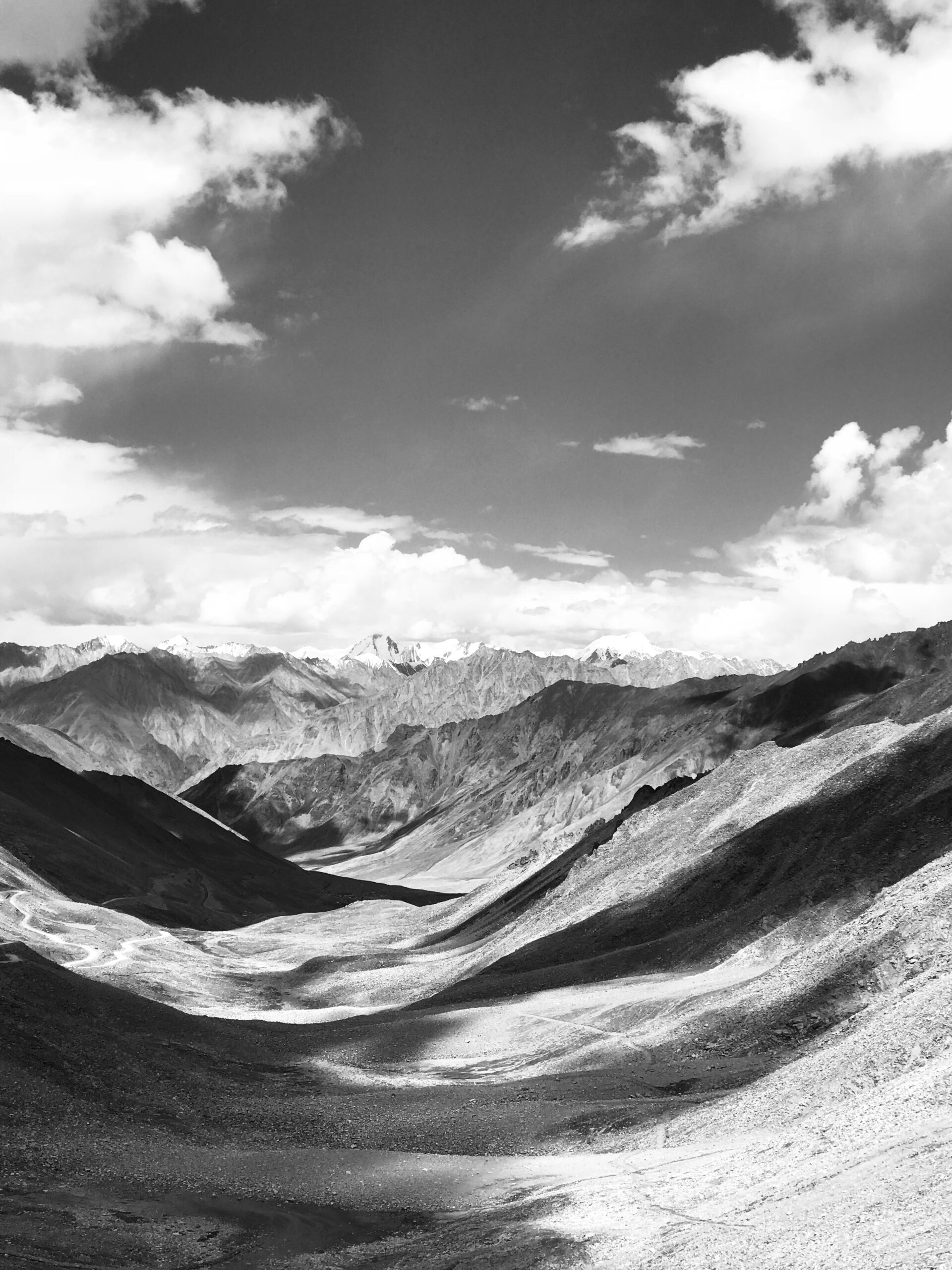A few weeks back, celebrated Ramon Magsaysay awardee Sonam Wangchuk urged everyone to boycott China by rejecting Chinese products; owing to Chinese aggression at the Line of Actual Control (LAC), in the Ladakh region. He released a video message on social media where he is seen sitting on a stone in Leh. Wangchuk said, “Normally when there is tension on the borders, we people take sound sleep with the notion that soldiers on the border would respond to it. This time we want along with a soldier’s response there should be people’s response to the aggression as well.”
Apa Pant, a former Political Officer in Sikkim who once dealt with Tibetan affairs in the Ministry of External Affairs wrote, “With all its shortcomings and discomforts, its inefficiencies and unconquered physical dangers, there was a civilization with at least the intention of maintaining a pattern of life in which the individual could achieve liberation.”
History bears that when Nehru visited China in 1954, Zhou Enlai didn’t talk to him about border disputes even once. However, a brief mention was made about the Chinese maps showing large parts of India and Burma within the Chinese territory ( Hindi Chini Bhai Bhai ). Nehru hesitantly told Zhou:
“As regards maps, I just casually mentioned to you some of the anxieties of our neighbors. We are not worried at this point. Our frontiers are clear but I mention it in the case of Burma because questions of this kind become a handle in the hands of the enemy…But as I said, I am sure, the maps were old maps and you did not mean it.”
Since the Sino-Indian war of 1962 to last night’s violent face-off between India and China, one thing is sure that India has constantly tried to save its borders, whether it be from the neighbor to its north, east, west or south ( Hindi Chini Bhai Bhai ).
On May 11, 2020, Senior military officials in New Delhi told Jane’s Defence Weekly, that incidents of “stone-pelting and scuffles” between Indian Army (IA) and People’s Liberation Army (PLA) personnel had broken out in India’s northeastern Sikkim state on 9 May and in the northern Ladakh region three days earlier.
On June 15, 2020, the six-week ongoing standoff between the two nuclear powers at the face Galwan river, took an aggressive turn when a physical brawl (surprisingly without any high-end arms) involving stone pelting proved to fatal. India lost an Army Colonel and two soldiers. The toll of martyrs stands at 20, as reported by Asian News International (ANI)
In a way of history repeating itself, it is the first time since 1975 that such a violent face-off emerged, probably owing to the pent up aggression by both sides. Be it Aksai Chin, Doklam or even China Occupied Jammu and Kashmir COJK, border tensions have been a bone of contention between India and China.
The face-off killed 20 Indian soldiers, and the numbers may rise. There were casualties on both sides. China’s repeated betrayals have sparked up the public sentiment in India, with hashtags like #IndianArmy, #GalwanValley, #IndiaChinaStandoff #BoycottChineseProducts, #TeachLessonToChina, etc trending on Twitter.
China very cunningly engages in psychological warfare and shakes the enemy’s ethos. Speculations of a possible World War 3 are doing the rounds on social media. The world is already boycotting China for being the source of the Coronavirus pandemic, and many fear if the LAC faceoff could be a trigger point.
While gloomy yet fuelled up Indians mourn the ultimate sacrifice by their brave hearts, some toxic journalists are questioning the Indian Army’s valor; of course, lashing out at the armed forces and politicizing the matter from the comfort of their luxurious TV studios.
The Indian Government said that the Chinese troops were “attempting to unilaterally change the status quo” in the Galwan valley.
The Dragon needs to be tamed by the Tiger!
By Kunjan Ahluwalia

